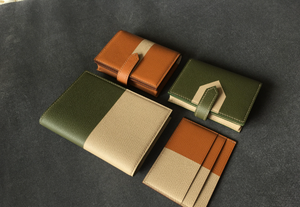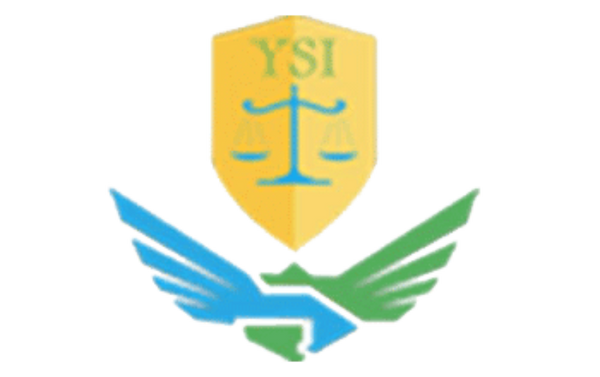
Leather Goods Inspection and Testing Standards Inspection and Audit Services for Factories
As an important category of high-end consumer goods, the quality of leather goods directly affects the brand image and user experience. To ensure that leather products meet industry standards and quality certification requirements, establishing a professional inspection process is of vital importance. This article will systematically introduce the inspection standards, testing methods, and certification requirements for leather products, providing a complete quality control guide for enterprises.
1. Appearance Quality Inspection Certification System
1.1 Bag Structure Certification
Professional certification of bag fullness, standardized assessment of arc line smoothness
Paste flatness inspection certification, precise measurement of angle symmetry
Surface quality is strictly certified: free of damage, stains and coloration.
Standardized verification of brand marking clarity
Professional certification for the installation quality of decorative accessories
1.2 Hardware Accessories Certification
Uniformity of Colors - Professional Inspection and Certification
Shape Accuracy Standardization Verification
Surface quality is strictly inspected: no rust spots, discoloration or oxidation.
Professional testing and certification for installation firmness
Standardized assessment of functional accessory performance
1.3 Zipper System Certification
Professional Certification for Color and Model Accuracy
Installation quality standard inspection: No misalignment or tooth loss phenomenon
Suture technique professional assessment: Straightness, edge consistency
Perform strict functional testing: Verification of opening and closing smoothness
1.4 Oil Edge Process Certification
Professional Inspection and Certification for Color Consistency
Process quality standard assessment: Smooth and even, without delamination
Edge oil effect is strictly certified: smooth and tough, without cracking.
1.5 Vehicle Lane Process Certification
Professional Certification for Lane Alignment Accuracy
Standardized inspection of needle pitch uniformity
Strict quality inspection of stitches: no jumping stitches, broken stitches, or double stitches.
Process standard certification: 1-inch 7-8 pin standardized verification
1.6 Internal Structure Certification
Professional Test for the Firmness of Internal Stitching
Standardized assessment of bottom leveling accuracy
Rubber quality strictly certified: colorless and free of glue marks
Functional structure professional inspection: Certification of bag opening reinforcement process
1.7 Certification of Identification System
Professional assessment of the clarity of the inner label graphics
Standardization verification of the position of the shipping mark on the hardware
II. Function and Performance Testing Certification System
2.1 Hardware Function Certification
Conduct professional durability testing for certification
Functional Integrity Standardization Evaluation
Strict inspection of installation firmness
2.2 Zipper Performance Certification
Professional Test for Smoothness of Zip Pulling
Standardization verification of structural integrity
Strict assessment of service life
2.3 Magnetic System Certification
Professional Test Certification for Magnetic Strength
Standardized assessment of durability performance
Strict testing of functional stability
2.4 Structural Strength Certification
Professional Certification for Reinforcement Techniques at Load-bearing Areas
Standardized test for the stability of connection positions
Strict quality assessment of reinforcing materials
2.5 Load-bearing Performance Certification
Standardized load-bearing test:
300MM size: 4KG load-bearing certification
400MM及以上规格:5KG load-bearing certification
Structural Integrity Professional Assessment
Quality Rectification Standardized Process Certification
2.6 Edge Bone Structure Authentication
Comprehensive Professional Inspection and Certification
Process Quality Standardization Evaluation
Strictly conducted detailed inspection
III. Inspection and Certification Process Standards
3.1 Certification of Testing Methods
Specification measurement certification: Use professional measuring tools with a minimum scale of 1 millimeter
Sensory inspection certification: Standardized visual assessment under natural light conditions
Function testing certification: Professional verification of simulated usage scenarios
3.2 Sampling Inspection Certification
Certification of Pass Rate: Products with a pass rate of 90% or higher are deemed qualified.
Re-inspection process certification: Re-inspection of non-conforming products through double sampling
Final determination of certification: Establish standardized acceptance criteria
3.3 Defect Certification
Zero Tolerance for Functional Defects: Reject any defects that affect the basic operational functions.
Appearance defect control and management: Establish a defect grade certification system
Handling of process defect specifications: Establishing standardized rectification procedures
IV. Key Control Matters for Factory Inspection Certification
To ensure that the quality of leather goods continuously meets the certification requirements, during the factory inspection process, the following matters need to be given priority attention:
Raw material control certification: Establish a quality assessment system for leather and hardware suppliers
Production process control: Develop operation standards for key processes such as cutting, sewing, and assembly.
Calibration of testing equipment: Regularly calibrate all measuring instruments and equipment
Quality management system: Certified by ISO9001 quality system standard
Personnel qualification certification: Professional training and certification for inspection personnel for on-the-job requirements
Inspection Certification Summary
The inspection and certification of leather goods products is a highly technical and systematic project that requires comprehensive inspection and certification from aspects such as appearance quality, process details, and functional performance. By establishing a professional inspection process and strict quality standards, enterprises can ensure that leather goods products meet industry certification requirements, providing consumers with high-quality, durable, and aesthetically pleasing leather goods.
Share this product

Leather Goods Inspection and Testing Standards Inspection and Audit Se
As an important category of high-end consumer goods, the quality of leather goods directly affects the brand image and user experience.
